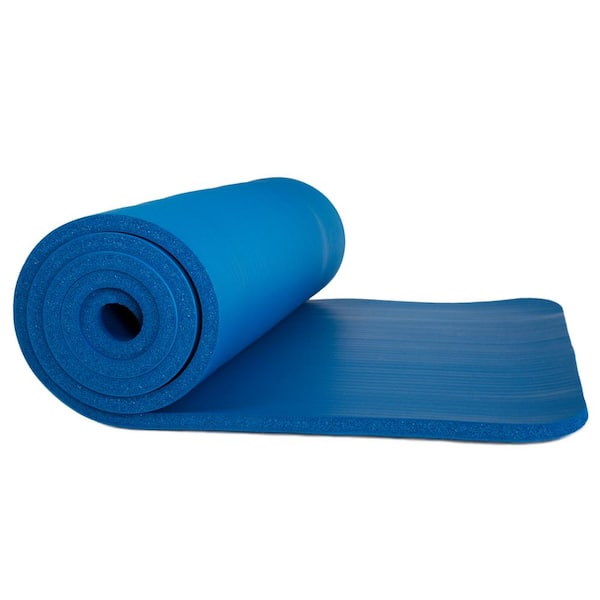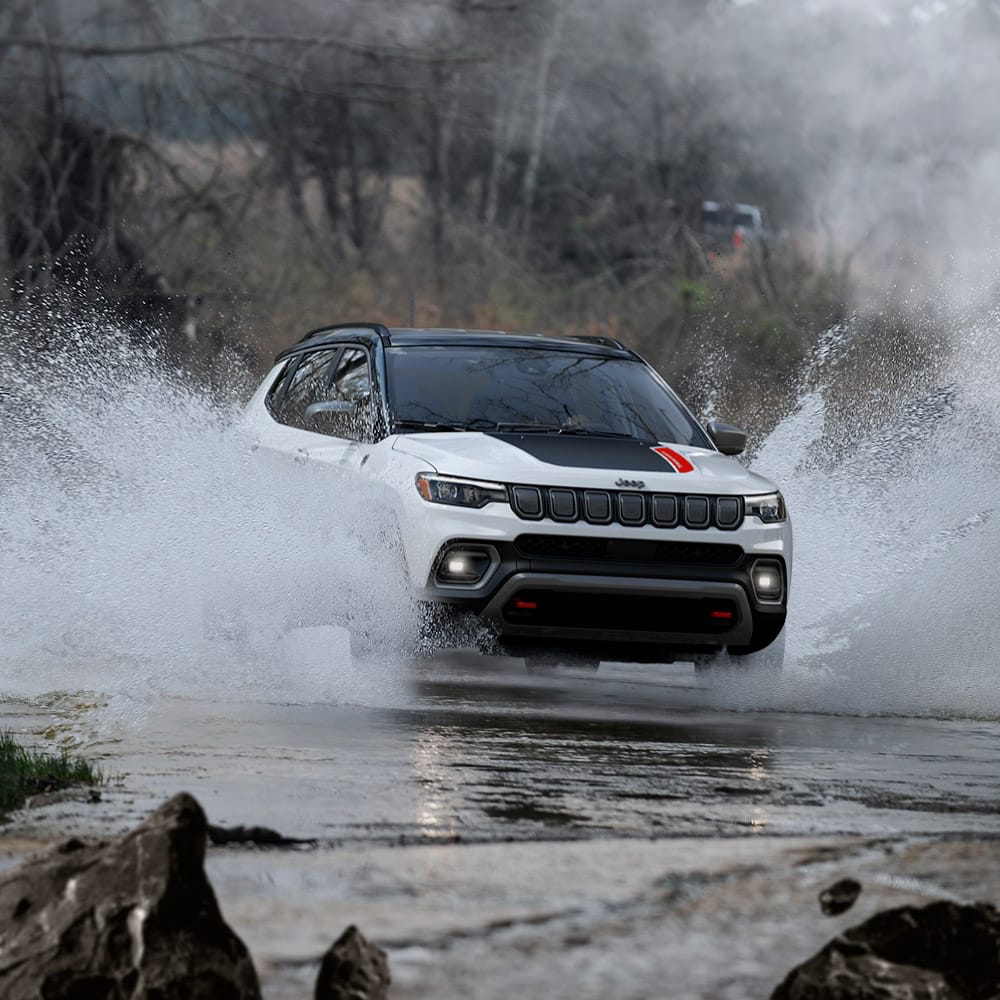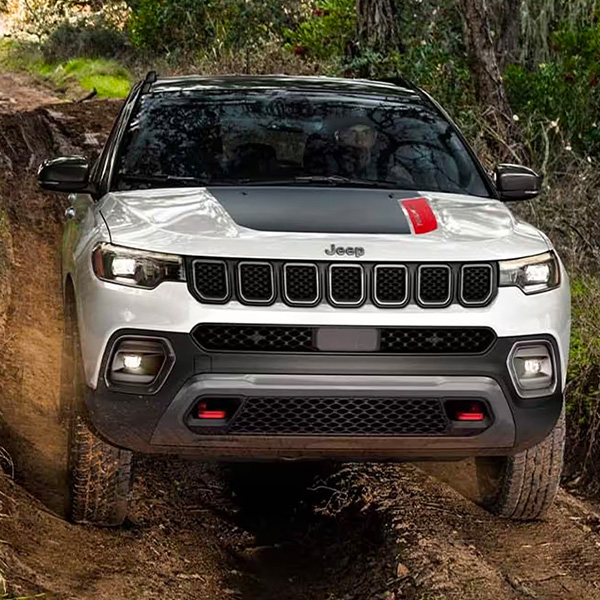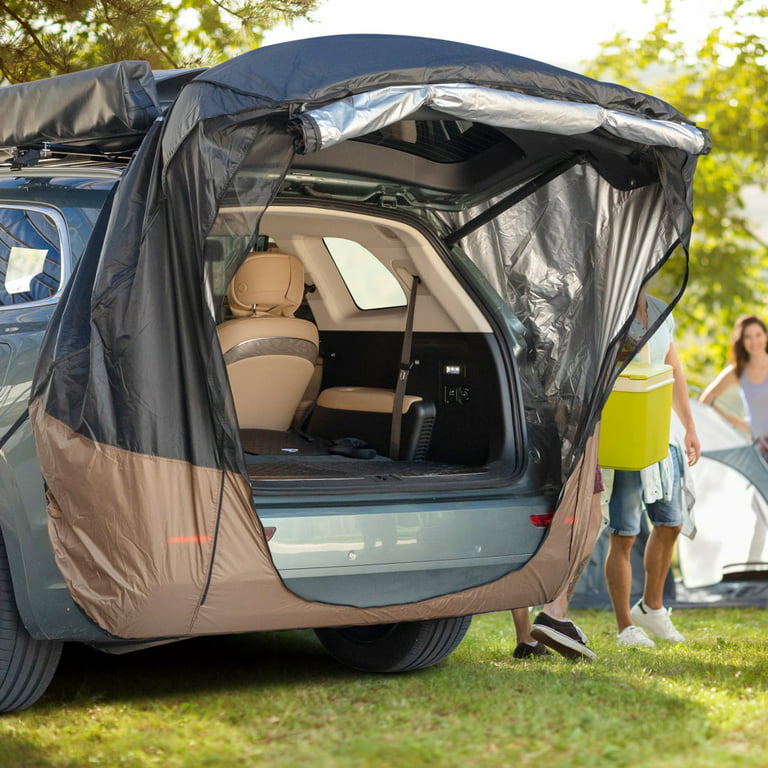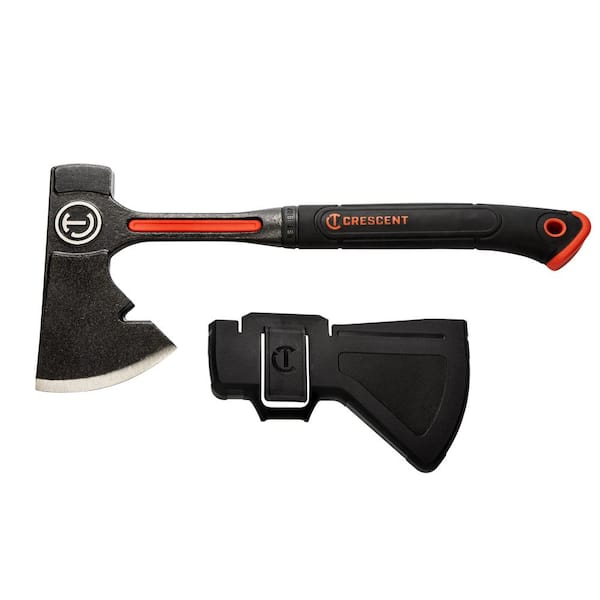Introduction
Camping is an exhilarating way to reconnect with nature, escape the hustle and bustle of daily life, and enjoy the great outdoors. However, a good night’s sleep can make or break your camping experience. One of the most critical pieces of gear for ensuring comfort and warmth while camping is a mattress pad. A high-quality mattress pad not only provides insulation from the cold ground but also enhances your overall comfort level. In this comprehensive guide, we will delve into everything you need to know about the camping mattress pad, helping you choose the best one for your next adventure.
Understanding the Basics of Camping Mattress Pads
What Is a Camping Mattress Pad?
A camping mattress pad, also known as a sleeping pad, is a portable, lightweight cushion designed specifically for outdoor use. Its primary function is to provide insulation between you and the ground, ensuring that you stay warm and comfortable throughout the night. Unlike traditional mattresses, camping mattress pads are compact and easy to carry, making them ideal for backpacking trips, car camping, and other outdoor activities.
Key Features:
- Insulation: Keeps you warm by reducing heat loss to the ground.
- Comfort: Provides a cushioned surface for better sleep quality.
- Portability: Lightweight and easy to pack, suitable for various types of camping.
Types of Camping Mattress Pads
There are three main types of camping mattress pads, each offering unique benefits depending on your needs and preferences:
Self-Inflating Pads
Self-inflating pads combine the convenience of air-filled pads with foam insulation. These pads have open-cell foam inside that expands when the valve is opened, drawing in air and inflating the pad. Once inflated, you can adjust the firmness by adding or releasing air.
Pros:
- Easy to set up and pack away.
- Provides good insulation and comfort.
Cons:
- Heavier than air-filled pads.
- Can be more expensive.
Air Pads
Air pads are inflatable cushions that require manual inflation using a pump or your breath. They offer excellent customization in terms of firmness and thickness, making them a popular choice for those who prioritize comfort.
Pros:
- Lightweight and highly customizable.
- Compact when packed.
Cons:
- Requires manual inflation.
- Less insulating than self-inflating pads.
Closed-Cell Foam Pads
Closed-cell foam pads are made from dense foam material that provides natural insulation without requiring inflation. They are incredibly durable and can withstand rough conditions, making them ideal for backpackers and minimalist campers.
Pros:
- Extremely durable and weather-resistant.
- No inflation required.
- Affordable.
Cons:
- Bulkier and heavier compared to air and self-inflating pads.
- Less comfortable on uneven surfaces.
Key Considerations When Choosing a Camping Mattress Pad
Insulation and Warmth
One of the most important factors to consider when choosing a camping mattress pad is its insulation capability. The pad should effectively prevent heat loss to the ground, especially if you plan to camp in colder environments. There are two key metrics to look for when evaluating insulation:
R-Value
The R-value measures a pad’s thermal resistance, indicating how well it insulates against the cold. Higher R-values mean better insulation. For example:
- R-value < 2: Suitable for warm weather camping (summer).
- R-value 2-4: Ideal for three-season use (spring, summer, fall).
- R-value > 4: Best for winter camping or extremely cold conditions.
Material Composition
The type of material used in the pad also affects its insulation properties. Self-inflating pads with open-cell foam offer moderate insulation, while closed-cell foam pads provide excellent insulation due to their dense structure. Air pads, on the other hand, rely on air for insulation, which may not be as effective in very cold temperatures.
Comfort and Support
After insulation, comfort is the next crucial factor. A good camping mattress pad should provide adequate support to ensure a restful night’s sleep. Here are some considerations:
Thickness
The thickness of the pad determines how much cushioning it provides. Thicker pads are generally more comfortable but can be bulkier and heavier. Choose a thickness based on your sleeping style and the terrain you’ll be camping on:
- 1-2 inches: Suitable for minimalist campers or those who prefer a firmer surface.
- 2-3 inches: Offers a balance between comfort and portability.
- 3+ inches: Ideal for maximum comfort, especially on uneven or rocky surfaces.
Firmness
Firmness refers to how soft or hard the pad feels when you lie on it. Some pads allow you to adjust the firmness by adding or releasing air, giving you control over your comfort level. If you’re a side sleeper, you might prefer a firmer pad to support your body contours. On the other hand, back and stomach sleepers might find softer pads more comfortable.
Portability and Durability
Weight and Pack Size
When camping, especially on multi-day backpacking trips, every ounce counts. A lightweight and compact mattress pad can significantly reduce the weight of your pack, making your journey more enjoyable. Here’s what to look for:
Weight
The weight of a camping mattress pad varies depending on its size, material, and construction. Closed-cell foam pads tend to be heavier but offer durability and no need for inflation. Air and self-inflating pads are generally lighter but require careful packing.
Tips for Reducing Weight:
- Opt for ultralight materials like DownTek or Therm-a-Rest NeoAir.
- Choose smaller sizes if you don’t need extra space.
- Consider sharing a pad with a partner to save weight.
Pack Size
The packed size of a mattress pad is equally important, especially if you have limited space in your backpack. Look for pads that roll up tightly or come with compression sacks to minimize bulk. Self-inflating pads often compress better than air pads, but closed-cell foam pads are typically bulkier.
Durability and Maintenance
Durability is another critical factor, especially if you plan to use your mattress pad frequently. A durable pad will withstand rough conditions and last longer, saving you money in the long run.
Material Durability
Closed-cell foam pads are known for their durability and resistance to punctures and tears. Self-inflating pads are also relatively durable, though they may develop leaks over time. Air pads are the least durable, as they are more prone to punctures and damage.
Maintenance Tips:
- Regularly check for leaks or damage.
- Clean the pad after each trip to prevent dirt buildup.
- Store the pad uncompressed to maintain its shape and longevity.
Additional Features to Look For
Versatility and Multi-Use Capabilities
Some camping mattress pads offer additional features that enhance their versatility and functionality. These extras can make your camping experience more convenient and enjoyable.
Dual-Purpose Pads
Certain pads can serve multiple functions, such as doubling as a sit pad during the day or providing extra insulation under your tent floor. This can help reduce the number of items you need to carry, freeing up space in your pack.
Insulated Seat Cushions
Some pads come with detachable seat cushions that provide extra comfort when sitting around the campfire or during meals. These cushions can also be used as pillows or rolled up for added insulation.
Environmental Impact
As outdoor enthusiasts, it’s essential to consider the environmental impact of the products we use. Many manufacturers are now focusing on sustainability, offering eco-friendly options that minimize harm to the environment.
Sustainable Materials
Look for pads made from recycled materials or sustainable sources. For example, some brands use recycled polyester or plant-based foams to reduce their carbon footprint.
Responsible Manufacturing
Choose brands that prioritize ethical manufacturing practices, such as fair labor conditions and minimal waste production. Supporting companies that care about the environment helps promote a healthier planet for future generations.
Popular Brands and Models
Top Brands in Camping Mattress Pads
Several reputable brands specialize in producing high-quality camping mattress pads. Each brand has its strengths, so it’s worth exploring different options to find the best fit for your needs.
Therm-a-Rest
Therm-a-Rest is a leading brand known for its innovative designs and reliable performance. Their NeoAir series offers excellent insulation and portability, making them a top choice for backpackers. Therm-a-Rest also offers a wide range of pads suitable for various camping styles and conditions.
Big Agnes
Big Agnes is another trusted name in the camping industry, offering a variety of mattress pads tailored to different needs. Their pads are known for their durability and comfort, with models designed for both backpacking and car camping. Big Agnes also prioritizes sustainability, using eco-friendly materials in many of their products.
Recommended Models
Here are some highly recommended camping mattress pad models across different categories:
Best for Backpacking: Therm-a-Rest NeoAir XTherm
The NeoAir XTherm is a top-tier option for backpackers seeking superior insulation and lightweight design. With an impressive R-value of 6.7, it provides excellent warmth even in sub-zero temperatures. The pad packs down small and weighs just over a pound, making it perfect for long-distance treks.
Best for Car Camping: Nemo Tensor Insulated
For car campers who prioritize comfort and luxury, the Nemo Tensor Insulated is an excellent choice. This pad features a plush, contoured surface for optimal support and comes with a built-in pump sack for easy inflation. It offers a generous R-value of 4.8, ensuring you stay warm and cozy all night.
Best Budget Option: Klymit Static V Lite
If you’re looking for a budget-friendly yet reliable mattress pad, the Klymit Static V Lite is a great option. This lightweight pad weighs less than half a pound and packs down to the size of a water bottle. While it doesn’t offer the same level of insulation as higher-end models, it still provides decent warmth and comfort for warmer climates.
Conclusion
Choosing the right camping mattress pad can greatly enhance your outdoor experience, ensuring you stay warm, comfortable, and well-rested. By considering factors such as insulation, comfort, portability, and durability, you can find a pad that meets your specific needs and preferences. Whether you’re a seasoned backpacker or a casual camper, investing in a high-quality mattress pad is a smart decision that will pay off on every adventure. Happy camping!

